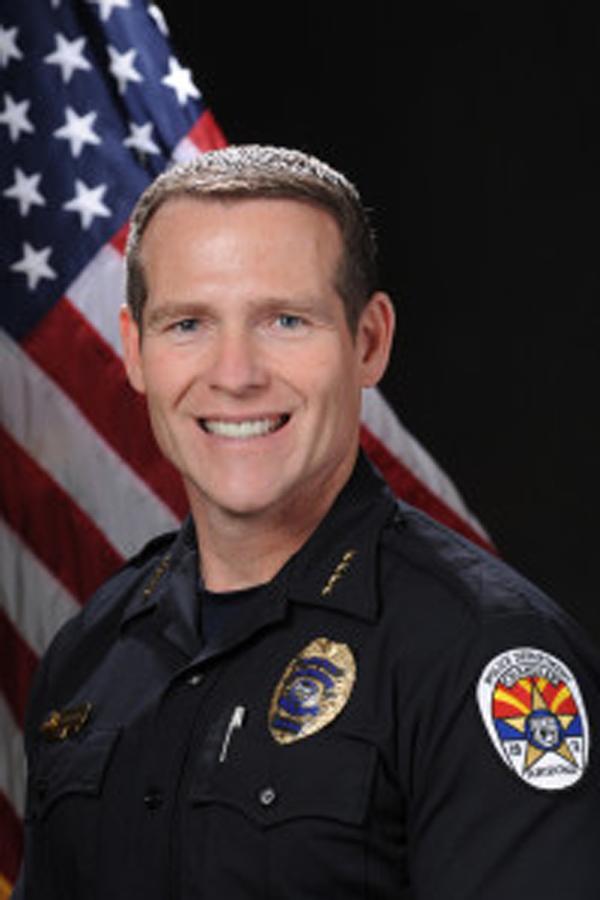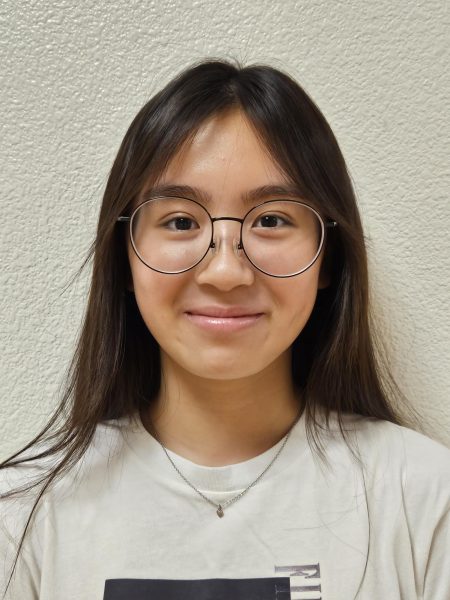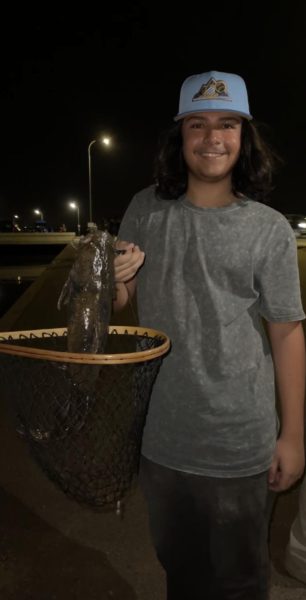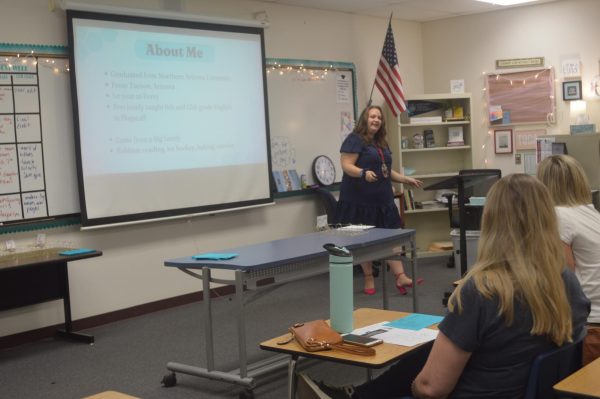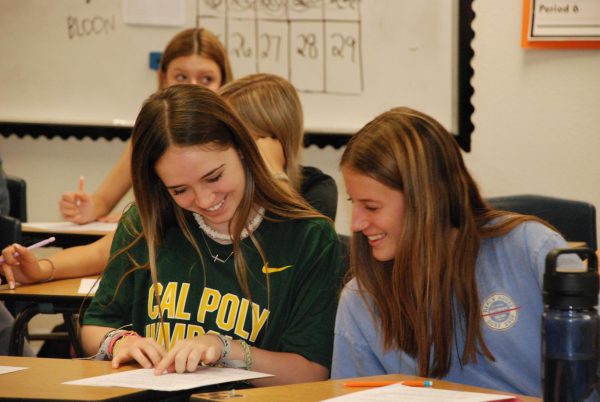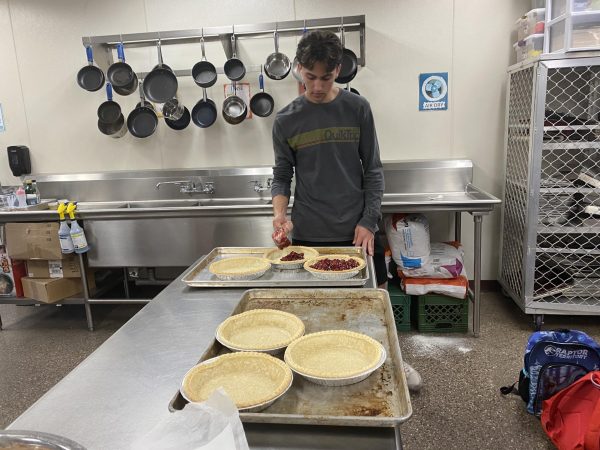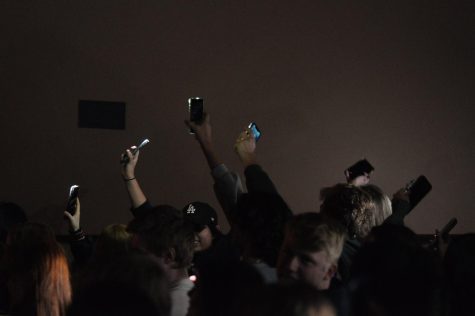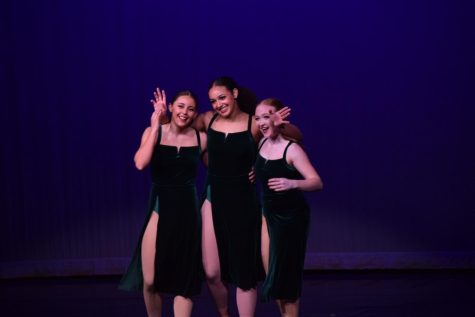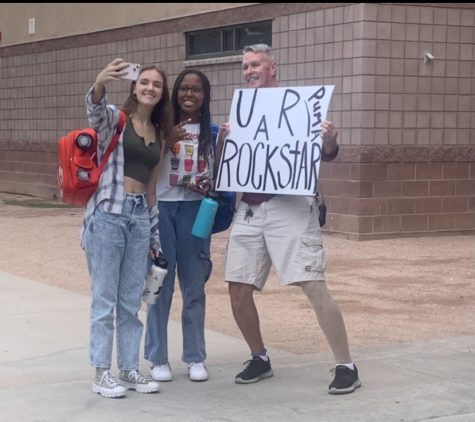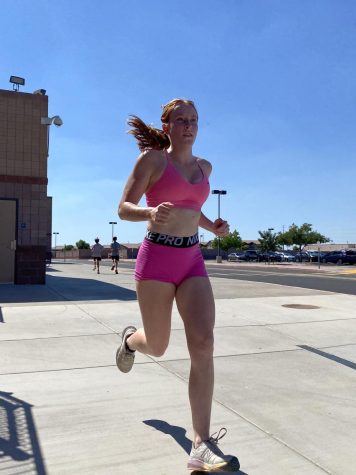Q&A: A candid conversation with Chandler police chief on responsibilities and recent events
KATHRYN McFAUL: Firstly, what is your job as the police chief in Chandler?
SEAN DUGGAN: My primary function is to serve as executive officer of the Department with the responsibility of planning and directing all the functions, activities and operations of the City of Chandler Police Department. This position holds me responsible for the protection of lives and property in the City through the supervision and direction of all police functions.
KM: What is your personal opinion on the Ferguson and Phoenix cases as a whole and your opinion on how the officers handled the situations?
SD: Every situation is different and the circumstances, facts and details surrounding those events must be carefully reviewed. Many times police officers are placed in situations that require immediate decisions with very little information and no time to evaluate, like when you’re riding a bicycle and suddenly realize you’re about to crash. You have just a split second to evaluate what is happening and make a decision; Do I stay on my bike or do I try to jump off? Either way, there will be a consequence but which is the best decision? Now try to apply that to a life or death situation, where you must decide whether or not the person you are now engaging is about to kill you or hurt you very badly. We train and try to prepare our officers for violent encounters, but there is no absolute way to handle every violent encounter. In regard to the Ferguson and Phoenix cases, there would be no way for me to comment directly on the details as I have only limited information. However, one take away is clear. In order for a police department to be successful they must have the trust , support and respect of the community they serve.
KM: Concerning the recent cases, are there any repercussions/changes happening to the police departments?
SD: We are constantly looking at ways to improve and bring forth the best practices in modern policing. Our officers are highly trained professionals that are provided with the most current tools, information and practices in U.S. law enforcement. We are committed to ensuring Chandler remains a safe community where people want to live and work by providing the most highly equipped, best trained and committed officers to help meet the needs of the community.
KM: Also, will the use of body cameras be given to Chandler officers and what will those cameras be able to help?
SD: Currently we are testing body worn cameras and have deployed 49 cameras across our City. The use of body cameras can provide positive results for the department and our community. First, through transparency, by providing audio and visual record of what was happening at about the officer’s eye level. Secondly, the cameras provide an extra layer of protection for the officers, against unfounded complaints. Keep in mind, the cameras do not pick up everything happening at a scene, they are good for a visual and audio capture of what is directly in front of and close to the officer wearing the camera.
KM: Thirdly, why are officers allowed to use force on nonviolent protestors?
SD: To adequately answer this question the term, force, must be defined. Generally speaking, officers do not use force on non-violent protesters. Uniformed police officers that are working in an enforcement capacity use some type of level-of-force in their jobs every day. The most common type of force used by an officer is verbal force; simply telling somebody to do something, or not to do something. All force, from verbal commands to the application of lethal force, is coercion.
But, police officers cannot use force on anybody they choose. In order for a police officer to legally apply force on an individual, he or she must be at a reasonable suspicion, or probable cause encounter with that individual. Probable cause is written in the fourth Amendment, which defines the threshold in which a government agent may search or seize a person, place, or thing. When a police officer reaches probable cause on an individual, the person is under arrest.
Reasonable suspicion is based off of a United States Supreme Court case law (1968 Terry v. Ohio) and allows a police officer to temporarily detain an individual, and frisk his or her body for weapons or contraband, if a certain level of suspicion is reached. The courts define suspicion based on many circumstances to include the time and place of the encounter, and the officer’s experience, training, and fear of a violent encounter with the assailant.
Reasonable suspicion and probable cause give a police officer the legal right to stop and detain the individual, or individuals, involved in the encounter. The police officer may use force in order to enforce his or her lawful commands to the assailant. By law, a police officer may not use more force than is reasonably necessary to accomplish his or her lawful purpose. The foundation for this law is derived from the eighth Amendment and is more specifically addressed in two important Supreme Court cases, Tennessee v. Garner (1985) and Graham v. Connor (1989).
While a protestor may be non-violent, he or she may be in violation of the law (sitting in the roadway blocking traffic.) If this individual does not comply with the officers commands, the officer can lawfully use force on that person such as wrist locks or pressure point control tactics to remove them from the roadway.
KM: Lastly, when an officer draws their gun, do they have to shoot to kill?
SD: When it comes to the application of lethal force for a police officer, in most cases it involves a firearm. Police officers are trained quite extensively with the use of his or her firearm. We are trained to shoot at the largest area on a human being, which is the torso. This part of the body also happens to hold most vital organs in the human body. This is done for a number of reasons. Pointing a gun at another human being is extremely stressful for anybody, including a police officer. When a police officer does so, he or she is at the highest level of force, and the result could affect many lives, permanently. This type of encounter is also usually very dynamic, fast moving and requires split-second decision making.
Police officers are taught to shoot to stop the threat in response to a deadly force encounter. Once the shooting has stopped, if the officer is able to, he or she is required to request medical staff to the scene for treatment on the assailant and, apply whatever level of medical care the officer can on that individual.

Kathryn McFaul is a Senior and this is her second year writing on the Precedent. This year she will be covering debate and student/local bands. She...
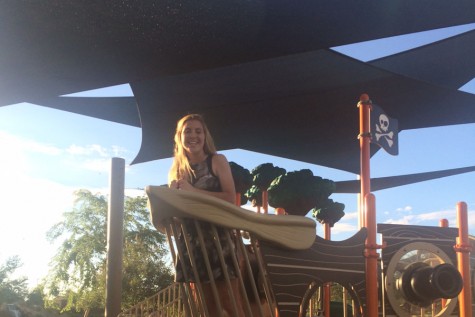
Sarah Lankford is a senior at Perry. Though she is natively from Illinois, she is now Editor in Chief for the Precedent. Outside of school she enjoys...

